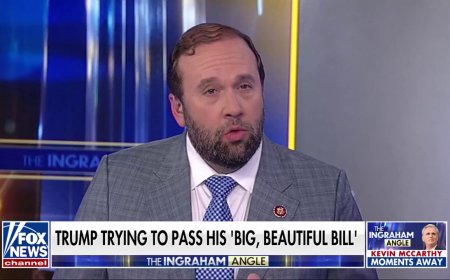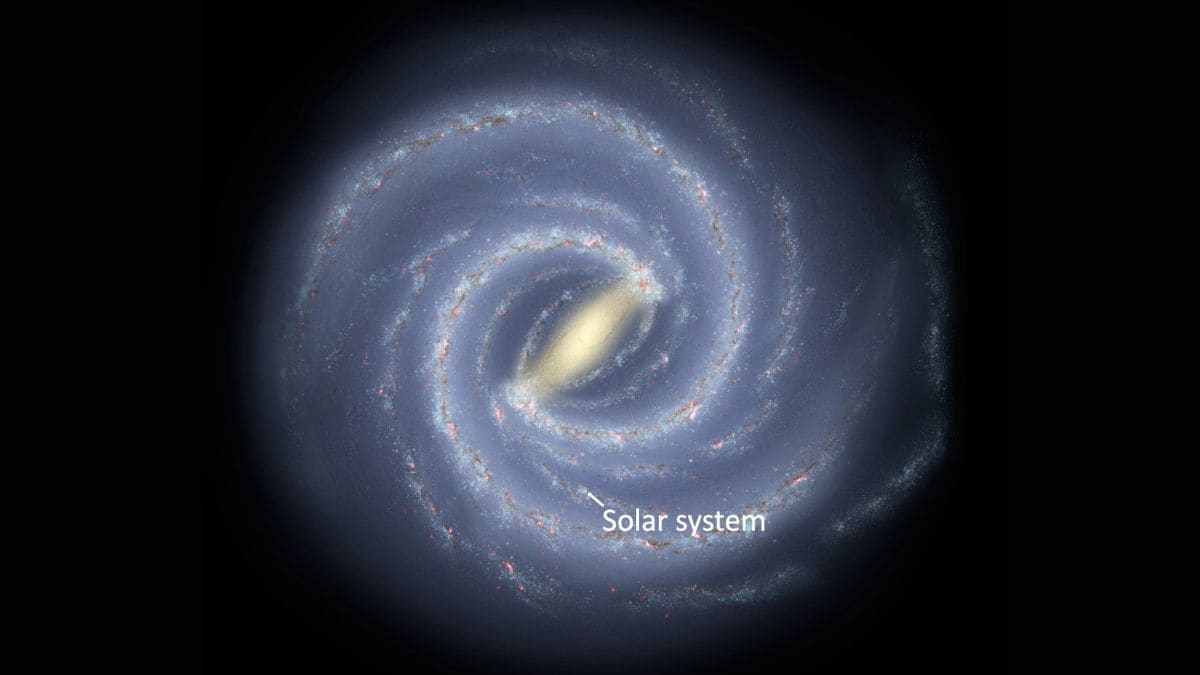Tight Now, Loose Later: Oil Futures Flash Warning

Last week, OPEC+ announced it will once again accelerate the pace of unwinding of production cuts, with output targets for June increasing by 411,000 barrels per day, equivalent to three monthly increments. This follows a similar move in April, with the organization appearing willing to stay the course amid low oil prices and fears of weakening demand. We reported that global crude inventories remain low enough, thus giving OPEC+ a window to scale back its voluntary cuts until the market surplus finally arrives. Saudi Arabia appears intent on “punishing” OPEC+ rascals such as Kazakhstan and Iran for repeatedly violating their quotas.
Commodity analysts at Standard Chartered have reported that the latest OPEC survey of secondary sources reveals that Kazakhstan's crude oil output clocked in at 1.852 mb/d in March, 384 kb/d above its OPEC+ quota. Further, the country also failed to keep its promise to cut 38 kb/d in compensation for overproduction in March, bringing its total overproduction to 422 kb/d. The same scenario is expected to unfold in the coming months. Kazakhstan produced 240 kb/d more y/y in March, a sharp contrast from the other eight OPEC+ members who produced a combined 612 kb/d less.
And now, the oil futures markets are sending a dire warning that oil bulls could find themselves in trouble quite soon due to a combination of the OPEC+ output hike and Trump’s tariffs.
Oil futures curve has formed a rare "smile" shape, a structure Morgan Stanley says was last seen briefly in February 2020 just before the infamous oil price crash. On Wednesday, Brent futures' July contract was trading at a premium of 74 cents to the October contract, a market structure known as backwardation, foreshadowing immediate tight supply. However, prompt prices from November have formed a contango, with forward prices flipping to a discount, indicating oversupply as traders predict Trump’s tariffs will eventually weaken oil demand. Having backwardation and contango together leads to the rare "smile" shaped curve.
According to the latest available data by the International Energy Agency (IEA), global oil inventories stood at 7.647 billion barrels in February, down from 7.709 billion barrels for last year’s corresponding period and close to the bottom of their historical five-year range.
Meanwhile, refiners' appetite for crude is climbing ahead of the peak driving season in July and August, "Refinery maintenance in the Atlantic basin will start to taper off, increasing oil demand (for refining)... Summer driving should provide some support," BNP Paribas analyst told Reuters.
Global oil demand is expected to rise by 1.3 million barrels per day in the third quarter of the current year, up from an average of 104.51 million bpd in the second quarter, the IEA has predicted. The 1 million bpd output increases announced by OPEC+ so far, coupled with another 400 kb/d increase in July, almost matches the predicted demand increase, implying oil markets will not face a surplus till late in the year.
Meanwhile, oil prices jumped in Thursday’s session after the Trump administration announced it has struck a trade deal with the UK. Brent crude for July delivery was up 2.7% to trade at $62.75/bbl at 12.50 pm ET while WTI crude contract for June delivery added 3.0% to change hands at $59.86 per barrel. However, terms of the deal appear to fall well short of the "comprehensive" package Trump earlier touted.
According to Trump, UK Prime Minister Keir Starmer will further reduce non-tariff barriers and fast-track U.S. goods into his country. Meanwhile, another solid week of jobless claims underscored the Federal Reserve's ongoing unwillingness to cut rates. U.S. jobless claims fell 13,000 to 228,000 for the period ending on May 3. Continued claims, however, clocked in at just over 1.9 million, near the highest levels since 2021, suggesting workers are still finding it difficult to secure new jobs as the economy stalls.
That said, commodity analysts at Standard Chartered have predicted that path of least resistance for oil prices is lower in the coming months, with oil prices to remain low before beginning a gradual recovery later in the year as U.S. oil output declines. StanChart, however, says there’s some technical support in the short-term, with fundamentals remaining fairly positive. Recently, StanChart cut its 2025 oil price forecast to $61/bbl from $76 and also lowered its 2026 forecast to USD 78/bbl from $85 citing Trump’s tariffs.
By Alex Kimani for Oilprice.com










































